Tattoos – a Tantalising Work of Art
There are some things that make sense and others that do not. For me, it was the attraction to tattoos as an observer. Would I sully my skin? Would I want to go through the needle-like pain – no!
What happens if I don’t like the shape or colour and what happens if the tattooist slips? Put this all to one side for a moment and think of it as art rather than branding your body, a decision taken in the heat of the moment.
When Jim took down his scrub trousers in the anaesthetic room he was not proposing to me but showing off his canvas; his body and I mean his body was literally covered from ankle to groin in all shapes and patterns. Okay, I understood the runes and shapes had not been crafted in one go but at intervals. I dare say he would have had more done but then there were the financial considerations. To date, he and his wife had spent a cool £10,000 on tattoos over the years, and they hadn’t finished yet!
My stories come from the world of medicine, podiatric medicine. When I examine the foot, ankle, leg and indeed the arm, as we put needles into veins, I am mindful of two things. Their reaction to pain and as a foot surgeon, can I avoid cutting through the tattoo – their work of art, their personal investment, their obsession?
 The patient who has a budding Picasso, Dahli or Vermeer on the body has sat for an hour or so experiencing needles and bleeding skin at the hands of the tattooist – who, in many ways, gifted without doubt and even sketched out their drawing first.
The patient who has a budding Picasso, Dahli or Vermeer on the body has sat for an hour or so experiencing needles and bleeding skin at the hands of the tattooist – who, in many ways, gifted without doubt and even sketched out their drawing first.
But why do patients flinch then at a mere needle going into a vein, which, in the words of Rowan Atkinson in Love Actually, “ready in the flashiest offlashes…but the work of a moment…” and yet the patient writhes? The anaesthetist and I catch each other’s eyes – we look at the total sleeve covered in every colour of the rainbow and wonder how pain is perceived so differently as she hunts for the cephalic vein.
I drift into the office on another occasion and the wonderful Helen who organises my work schedules and approvals is now limping. I ask what’s wrong and she exposes her ankle. At any other time, she might have been making a pass at me (in my dreams) but no, it is her foot upon which a green and dark hue glistens in the presence of an impending infection. The foot is swollen and tender. She had engaged a tattooist to perform a creation on the most sensitive area of the lower limb – the foot. A day later she is off work and is now on antibiotics.
And yet I do marvel and even seek permission for those with the most creative of tattoos to allow a photo. Snakes glide up the leg from the foot. Flower stems wind around the ankle bone in a tantalising manner inviting the inquisitive eye.
Marks of High Society
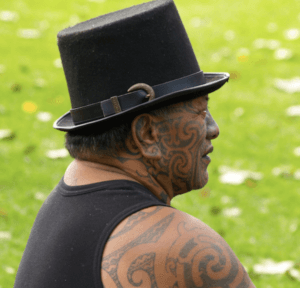
Tattoos were once the mark of high society. It is a fact that tattoos have been around since before the 19th century. Tribal markings were important and most people will relate to those of the Maoris in New Zealand who carry spectacular images across their faces known as Ta Moko.
In the South Pacific islands, tattooing was a ritual, a process that reunited the people of a nation. Captain James Cook introduced the Tahitian word tautau to England after travelling to the South Pacific in the 1700s, and many Americans discovered tattooing after reading Typee by Herman Melville, in which he describes his 1842 visit to Polynesia (Reference: 2017).
Images of native Americans are skewed to sensationalist images reflecting exotic ‘savages’ to increase publicity. Early Native American tattoos excoriated their skin with sharpened bones, branches, or needles. Soot or crushed minerals were introduced into the wound. One cannot fail to think of Helen’s plight when she had her foot tattooed and the resultant infection that ensued.
Today tattoos are popular and have enjoyed a resurgence over the last few decades. Feet and ankles are no exception where soot has been replaced by dyes or inks, injected under the skin in the same way as the Indian. Even the face is one of those areas we see in Western society and some groups adorn lettering and neck art.
When training, we learned the risk of unclean needles; the spread of AIDS was once as unknown as COVID was in 2019. Nonetheless, caution is important and sterile equipment is a necessity to minimise risk.
Designs
There are two design approaches – outline drawing and drawing with shading. The latter is more painful.
Depending upon the location of the tattoo on the foot, shoe rubbing can be uncomfortable, more so if an infection arises if the wound that forms is not kept clean. Tattooing is safe provided the artist is trained and adheres to the highest hygiene. Tattoo Safe Register exists in the UK which offers some level of assurance and their website offers more information on their role.
Red warning flags
Tattoos are by design an injury to the skin. The ink potentially may react, as can any substance. Known allergies and sensitivities or poor skin quality and healing should attract red flags. In other words, don’t have something done if there is a risk of a problem. Tattoos are painful especially when the area is large. Artists prefer larger designs to smaller designs.
The top of the foot is pretty sensitive and exposed to more wear and tear over a tattoo. Protection of your tattoo is essential both after the acquisition and later on from the sun and fading. Infections will certainly mean time off work as we have seen. Removal of tattoos is not always successful and skin damage is a constant concern. More information can be located from specialist clinics available on the internet, but NHS information and discussion with your local doctor or dermatologist can be beneficial to take the right action.
Am I Anti-tattoos?
No, of course not and I can only say I appreciate fine art. However, the warning to all is not to be hasty and bear in mind that once created on your body, you cannot take it back without recourse to expensive laser surgery or, worse still, plastic surgery.
Perhaps use a temporary tattoo initially and find out what the reaction from your friends and peers will be first before embarking on that design you are dying to create. Don’t have a tattoo under the influence of alcohol. Place your tattoo somewhere discretely on your body and perhaps avoid the regions which give pleasure – we all know the jokes!
Find someone safe, clean, skilled and an artist. They will have much of their own body embellished in their craft. Use the register set up in the UK to find someone. The following was taken from the tattoo register.
I guess in the final analysis, the foot and ankle are very visible and convenient and provide both a canvas and a gallery that can show off one’s artistic preferences. Doubtless, it is a statement about who we are. If this is the case then there are many authors who make use of a tattoo from time to time in a fast-paced thriller – dragons come to mind.
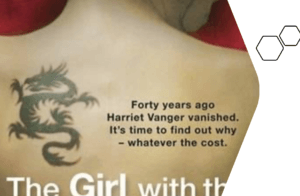
*****
Tattoo Safe Register is the only official tattoo registration body for Tattoo businesses and tattooists in the United Kingdom and EU. By law, all Tattoo businesses must be on the Tattoo Safe Register.
A Tattooist can only be aligned to a registered business and be issued with a license to undertake Tattoo work on behalf of a registered business if they hold a valid and current Tattoo Safe Certification. This evidence of competence relates only to matters of tattoo safety and is obtained by every tattooist through a recognised route of training and assessment (much as the DVLA issues driving licences to those who have demonstrated their competence by passing a driving test).
Registration is only given on the basis of the business having all staff members have tattoo-safe certification. The Register is not a membership body or trade association. The Register (and all services associated with it) is alongside the relevant Health and Safety Authority for each region in which it operates.
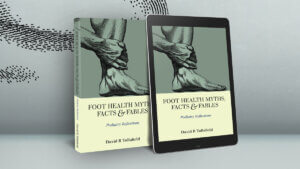
Thanks for reading ‘Is it safe to tattoo my foot?’ adapted from Foot Health Myths Facts & Fables by David R Tollafield, published at Amazon books

Published by Busypencilcase Communications (Est. 2015) for ConsultingFootPain
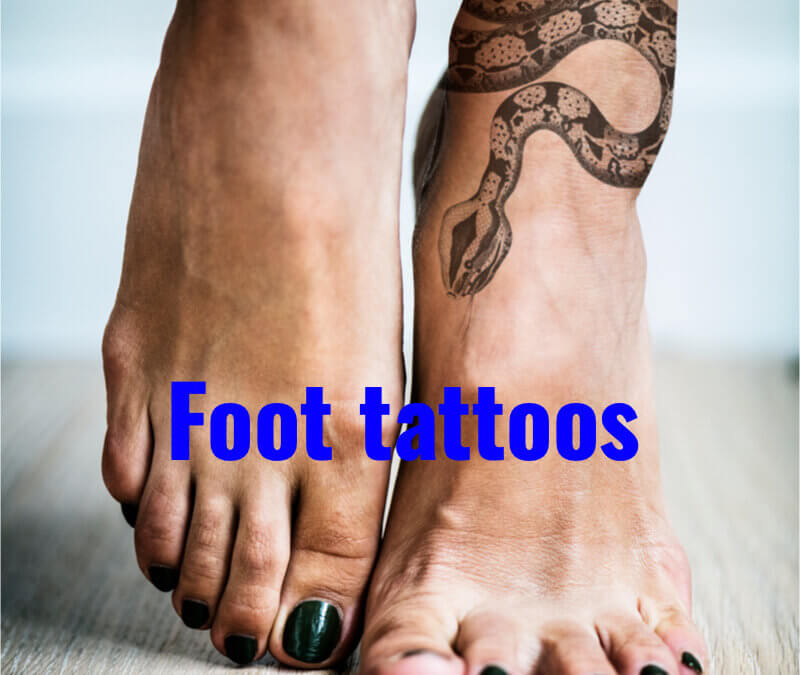
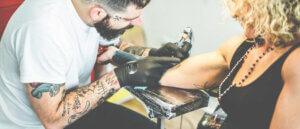
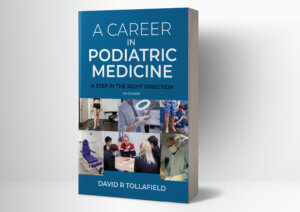
Every tattoo harmful for body, where ever you have in the body.
Thanks for sharing your thoughts.